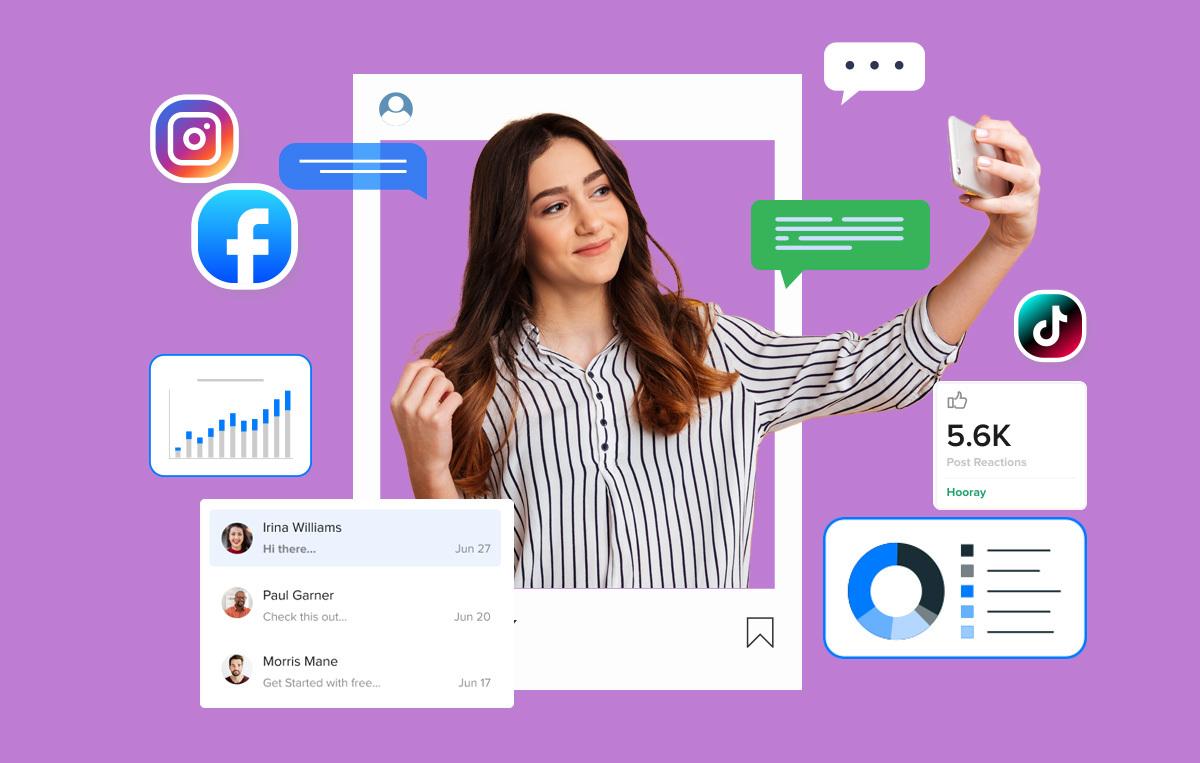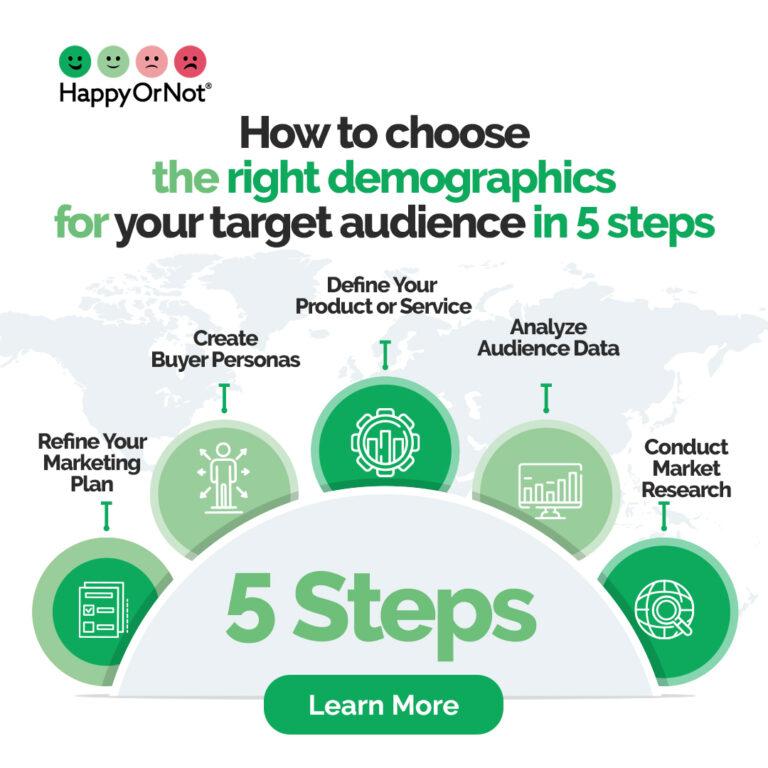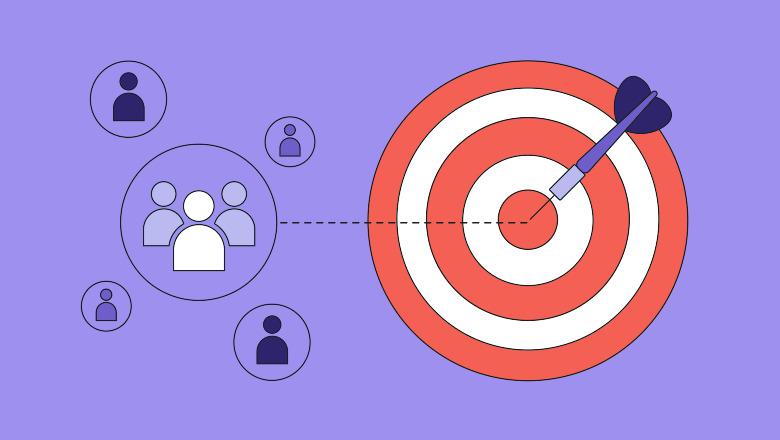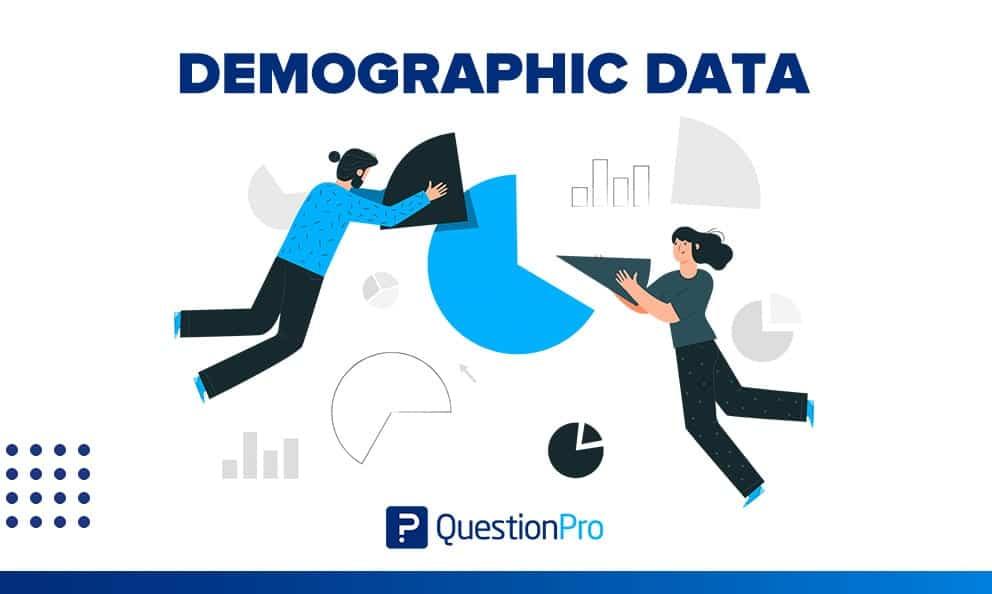
In the vast landscape of digital marketing, where brands vie for the attention of consumers bombarded by countless messages daily, influencer marketing has emerged as a beacon of connection.But behind the glamour of viral campaigns and trending hashtags lies a critical element that can make or break a brand’s success: audience demographics. Understanding the intricacies of who your audience is—age,gender,location,interests,and purchasing behaviors—can substantially enhance the effectiveness of influencer partnerships. This article delves into the pivotal role that audience demographics play in shaping influencer marketing strategies, illuminating how brands can navigate this dynamic terrain to engage the right people and foster authentic connections.As we explore the relationship between demographics and influencer effectiveness,we’ll uncover the strategies to target the right audiences and unlock the full potential of this marketing trend.
Understanding the Foundations of Audience Demographics in Influencer Marketing
In the dynamic world of influencer marketing, understanding audience demographics is paramount for crafting successful campaigns. These demographics help identify key segments of the population that align with your brand’s vision. by analyzing factors such as age, gender, location, and interests, marketers can effectively tailor their messages to resonate with potential customers. A well-defined demographic profile allows brands to prioritize their resources and engage influencers who possess a genuine connection with their target audience. Some essential demographic metrics to consider include:
- Age Range: Understanding the age spectrum can dictate the language and approach of your marketing efforts.
- Gender: Tailor content according to the gender that predominates your product’s interest.
- Geographic Location: Knowing where your audience resides can aid in localizing campaigns.
- Interests and Hobbies: Aligning brand messaging with the passions of your audience boosts engagement.
Utilizing audience demographic data not onyl clarifies which influencers to engage but also enhances the authenticity of the partnerships formed. For example, collaborating with a micro-influencer who caters to a specific niche can yield a more passionate response from their followers, compared to partnerships with larger influencers whose audiences may not align with your product or service. Highlighted below is a simple table that summarizes influencer types based on audience demographics:
| Influencer Type | Audience Size | Typical Engagement Rate |
|---|---|---|
| Nano-Influencer | 1K – 10K | 7% – 10% |
| Micro-Influencer | 10K – 100K | 4% – 7% |
| Macro-Influencer | 100K – 1M | 2% – 4% |
| Mega-Influencer | 1M+ | 1% – 2% |

Identifying Your Ideal Audience: Tools and Techniques for Success
Understanding who your audience is can dramatically affect the success of your influencer marketing campaigns. To effectively identify and reach this group, utilize a combination of tools and techniques that provide insights into audience behaviors and preferences. Social media analytics platforms like instagram Insights, Facebook Audience Insights, and YouTube Analytics offer vital facts regarding demographics, interests, and the engagement patterns of your potential audience. Additionally, employing surveys and interviews can provide qualitative data, helping you to unearth deeper insights about your audience’s motivations and values. By analyzing this data, you can tailor your content and messaging to resonate with the specific needs of your ideal audience.
Another technique is the creation of audience personas, which are semi-fictional characters that embody the traits of your target audience. Building these personas requires collecting data from various sources such as market research, customer feedback, and social listening. consider the following key demographic factors when crafting your personas:
| Factor | Considerations |
|---|---|
| Age | Understanding generational preferences and trends. |
| gender | Tailoring language and imagery to resonate with the audience. |
| Location | Adjusting campaigns to fit regional cultures and languages. |
| Interests | Identifying hobbies and activities that align with your brand. |
Leveraging both quantitative and qualitative insights will empower you to engage with the right individuals, thereby amplifying the effectiveness of your influencer marketing strategy.

Building Authentic Connections: Aligning Influencers with Demographic Insights
In the dynamic landscape of influencer marketing, establishing meaningful connections between brands and audiences hinges on understanding demographic insights. This entails a intentional examination of factors such as age, gender, location, and interests, which allow brands to identify influencers who can authentically resonate with their desired customer base. By prioritizing these aspects, brands are not merely selecting influencers based on popularity; instead, they are curating partnerships that embody authenticity and relevance. Here are some key elements to consider:
- Age Groups: Aligning influencers with audience age demographics ensures that messaging resonates, whether it’s youthful trends or mature branding.
- Geographical Relevance: Collaborating with local influencers helps brands penetrate specific markets, tapping into regional preferences and cultural nuances.
- Shared Values: Influencers who champion similar causes can amplify brand messages, fostering a deeper emotional connection with the target audience.
Utilizing demographic data not only enhances the precision of targeting but also paves the way for innovative campaign strategies. Brands that leverage analytics to uncover audience insights can refine their influencer partnerships, ensuring that the content shared is not only engaging but also aligned with the followers’ expectations and experiences. A well-thought-out approach involves segmenting the audience and matching them with the right influencers. Consider the following table:
| Demographic Segment | Ideal Influencer type | Engagement Strategy |
|---|---|---|
| Generation Z (18-24) | Social Media Stars | Interactive Challenges |
| Millennials (25-34) | Lifestyle Bloggers | Authentic Reviews |
| Generation X (35-50) | Industry Experts | Thought Leadership Content |

Measuring Impact: Analyzing Engagement and Conversion through Demographic Data
Understanding the impact of influencer marketing necessitates a close examination of how demographic data shapes engagement and conversions. By segmenting your audience into key demographic categories,such as age,gender,income,and geographic location,brands can gain insights into which segments resonate most with specific influencers. This meticulous analysis enables marketers to ensure that their campaigns not only reach but also engage the right audience. Demographic insights can reveal:
- Which age groups exhibit higher engagement rates
- The purchasing power of different demographics
- The regional preferences influencing buying behavior
Moreover, analyzing conversion rates alongside engagement metrics helps in fine-tuning influencer partnerships. For instance, if a luxury brand discovers that a specific age demographic yields the highest conversion rates, the brand can focus its efforts on influencers who authentically connect with that audience. A simplified table can illustrate potential conversions based on distinct demographic factors:
| Demographic Group | Engagement Rate (%) | Conversion Rate (%) |
|---|---|---|
| 18-24 years | 7.5 | 2.0 |
| 25-34 years | 10.3 | 4.5 |
| 35-44 years | 9.0 | 3.2 |
| 45+ years | 5.7 | 1.0 |
To Conclude
In the vibrant tapestry of influencer marketing,understanding audience demographics is akin to mastering the art of storytelling. Each statistic, preference, and behavior paints a vivid picture of who your target audience truly is, guiding brands in crafting authentic connections that resonate. As we navigate this ever-evolving landscape, it becomes clear that successful campaigns don’t merely rely on flashy visuals or catchy slogans; they depend on the careful alignment of brand values with the right influencers whose audiences reflect those ideals.
as you move forward in your own marketing endeavors, remember that the key to unlocking the full potential of your campaigns lies in the nuances of your audience. By strategically targeting the right individuals, you not only enhance engagement but also cultivate lasting relationships that can transform casual consumers into loyal advocates. Embrace the power of demographics—it’s not just a numbers game; it’s the roadmap to meaningful interactions that propel your brand into the hearts and minds of those who matter most. In the dynamic world of influencer marketing, the right audience is not just a metric; they are the very reason your story will be told.